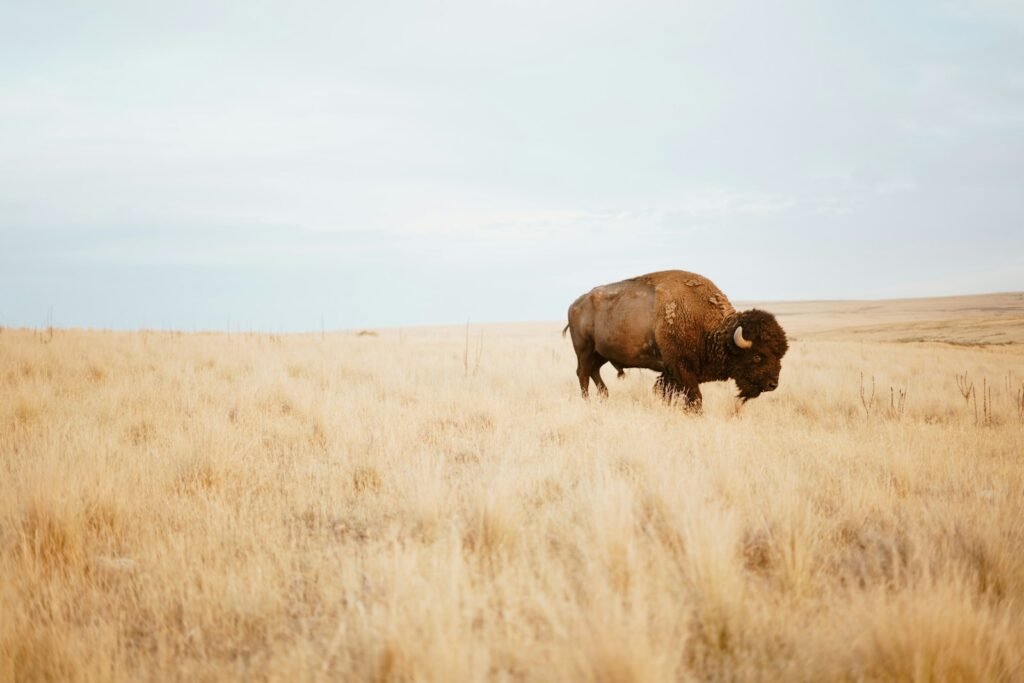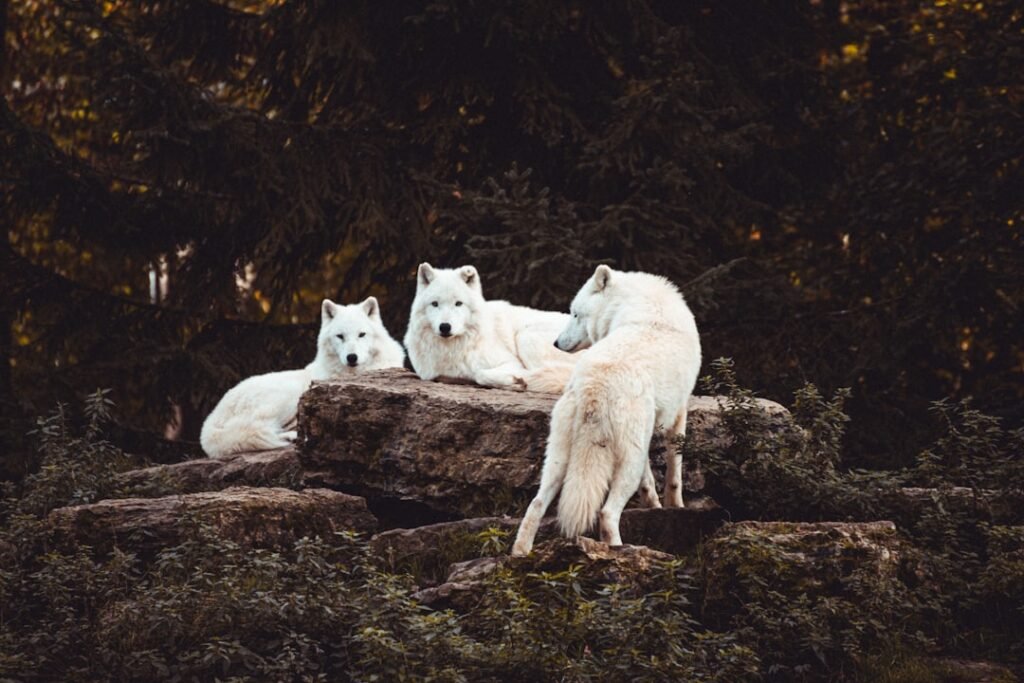The Grand Canyon, with its awe-inspiring vistas and striking geological formations, has long captured the imaginations of travelers and scientists alike. Stretching over 277 miles, this natural wonder is a window into Earth’s distant past. But amidst the layers of rock that tell tales of ancient seas and shifting landscapes, one question remains a source of fascination: Did dinosaurs ever roam this iconic American landmark? The very thought conjures images of colossal creatures wandering through its vast, rugged terrain. As scientists delve into the Grand Canyon’s rich geological history, they uncover clues that help answer this intriguing question.
The Geological Tapestry of the Grand Canyon
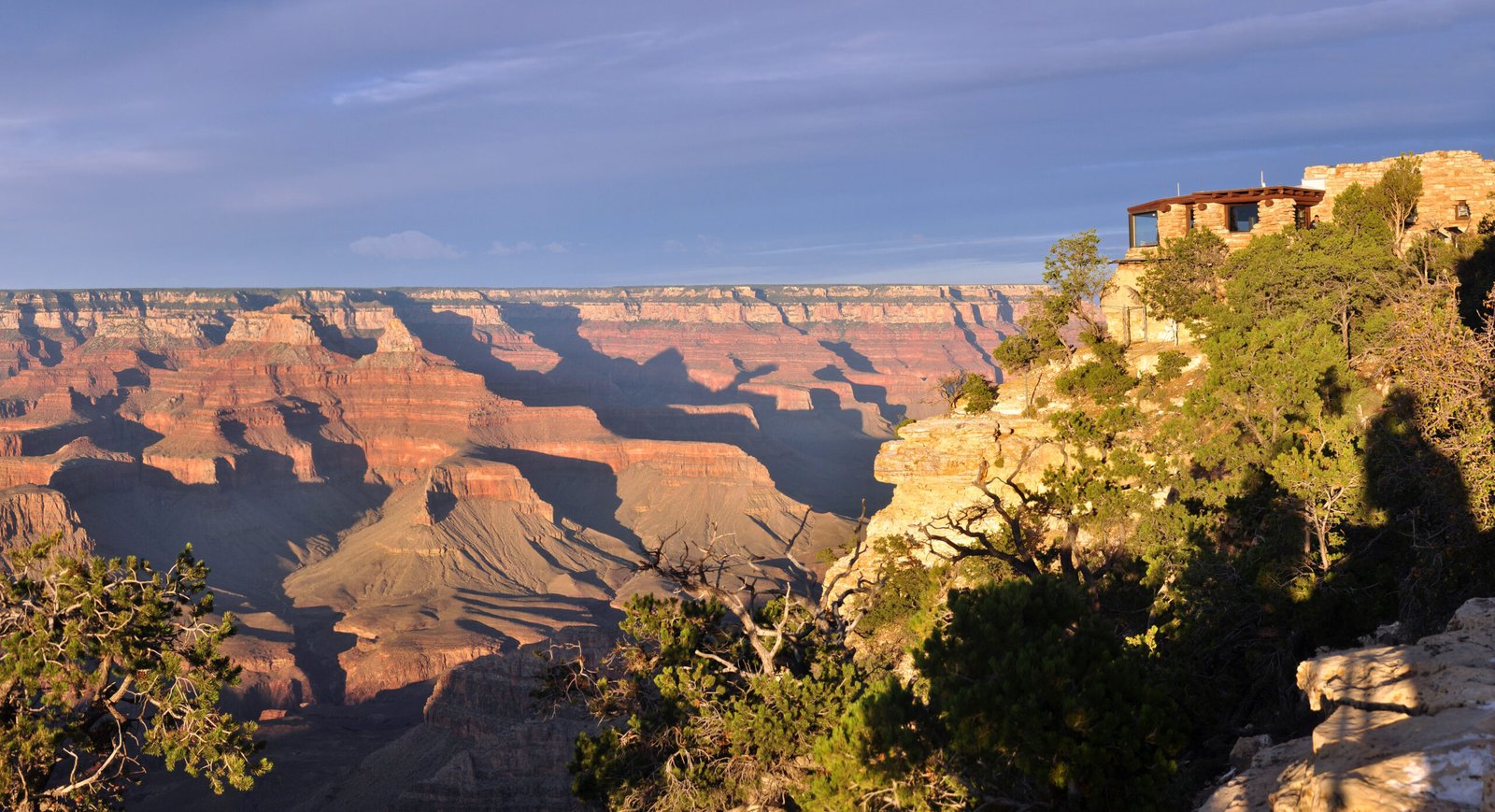
The Grand Canyon is a geological masterpiece, with rock layers that span millions of years. Each layer presents a different chapter in Earth’s history, like pages in a massive stone book. The canyon’s formation began over 70 million years ago when the Colorado River started carving its way through the Colorado Plateau, revealing rocks that date back nearly two billion years. These ancient layers provide a record of Earth’s changing climates and environments over time. However, despite its wealth of geological information, the Grand Canyon’s rocks from the time of the dinosaurs are noticeably absent. The canyon itself was formed long after dinosaurs went extinct, making it unlikely that these creatures ever roamed its depths.
Unraveling the Mystery of Dinosaur Fossils
While the Grand Canyon may not hold dinosaur fossils within its walls, nearby areas have revealed significant paleontological finds. This discrepancy raises questions about why no dinosaur fossils have been discovered in the canyon itself. The answer lies in the age of the canyon’s exposed rocks. Most of the rock layers visible today were formed long before dinosaurs roamed the Earth. The youngest rocks in the canyon, dating back about 270 million years, predate the age of dinosaurs by millions of years. Thus, while dinosaurs certainly lived in regions surrounding the Grand Canyon, the timeline of rock formation in the canyon itself does not coincide with their existence.
Understanding the Permian Period
The Grand Canyon’s youngest rock layers belong to the Permian Period, a time when the Earth was dominated by different life forms. During this period, the planet was home to a diverse array of marine life, including trilobites and brachiopods. The Permian rocks also reveal evidence of early reptiles and amphibians, offering a glimpse into pre-dinosaur life. These creatures thrived in a world that was vastly different from today’s, with continents positioned differently and climates that varied significantly. The absence of dinosaur fossils in these layers is not surprising, as the creatures we associate with the term “dinosaur” had not yet evolved.
The Nearby Kaibab Limestone
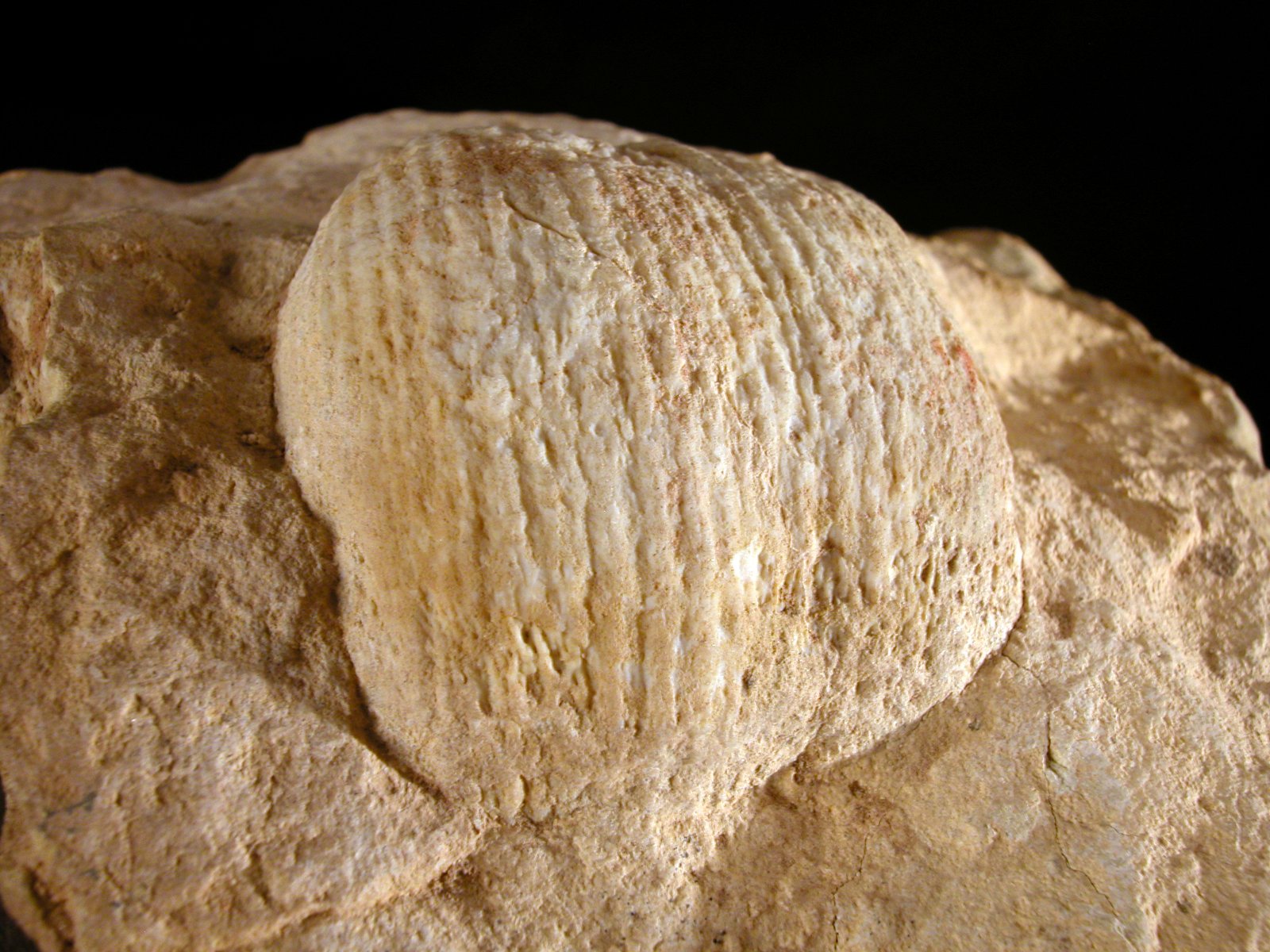
While the Grand Canyon itself lacks dinosaur fossils, the surrounding areas tell a different story. The Kaibab Limestone, found near the canyon, is a formation from the Permian Period that once formed a shallow sea. This limestone has yielded a treasure trove of fossils, including early reptiles and amphibians, providing insight into the types of creatures that inhabited the region before the age of dinosaurs. These discoveries offer valuable context for understanding the area’s prehistoric ecosystem. Fossils found in the Kaibab Limestone help scientists reconstruct the ancient environments that would later give rise to the age of dinosaurs.
The Role of Erosion and Geological Activity
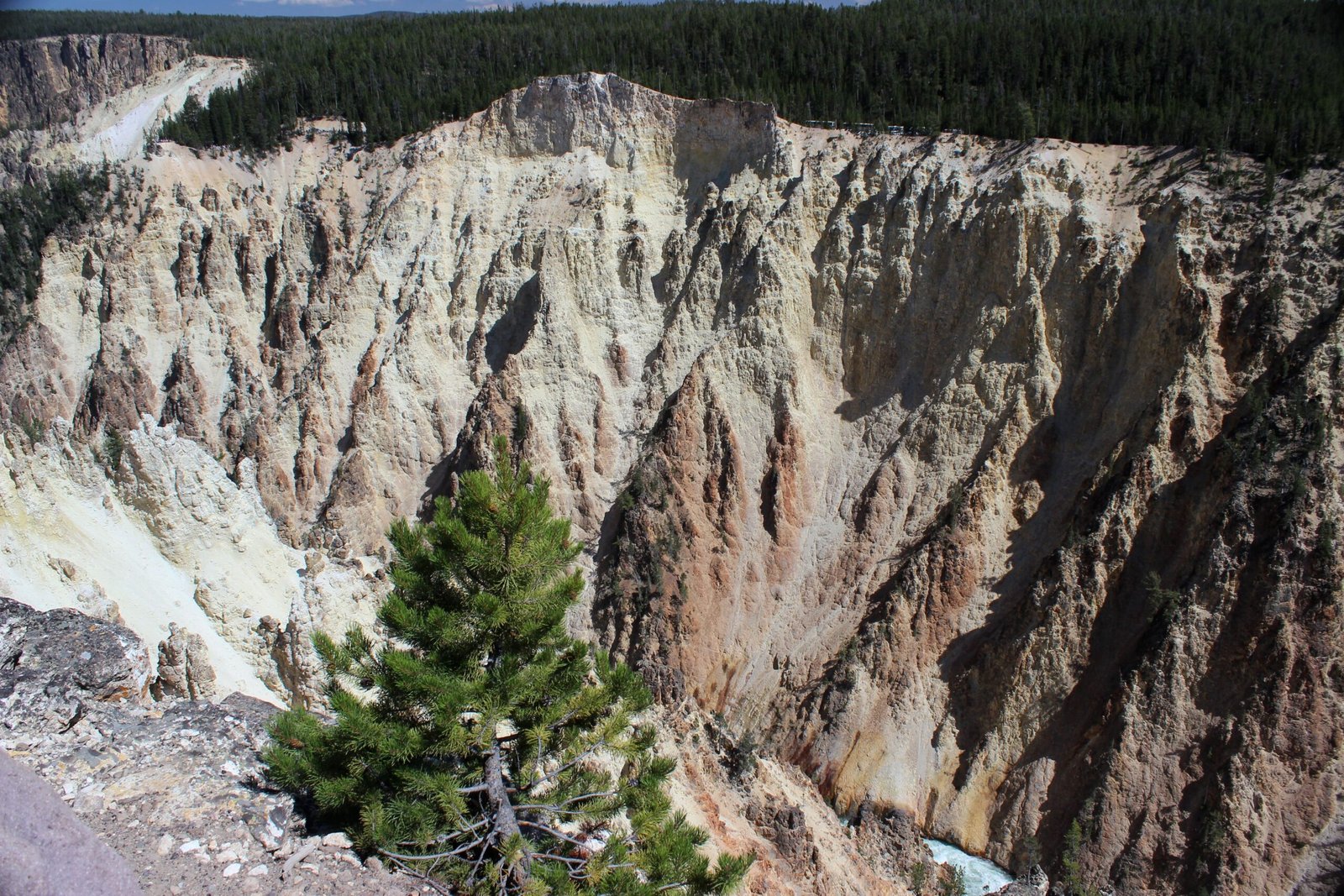
The Grand Canyon’s current form is the result of millions of years of erosion and geological activity. Over time, the Colorado River, along with wind and rain, sculpted the canyon’s dramatic cliffs and formations. This process of erosion exposed rock layers that were formed long before dinosaurs roamed the Earth. The ongoing geological activity in the region continues to shape the landscape, creating a dynamic environment that constantly evolves. As erosion wears away the canyon’s walls, it reveals new layers and potential fossil discoveries, offering scientists a constantly changing canvas to study Earth’s history.
Comparisons to Other Fossil-Rich Sites
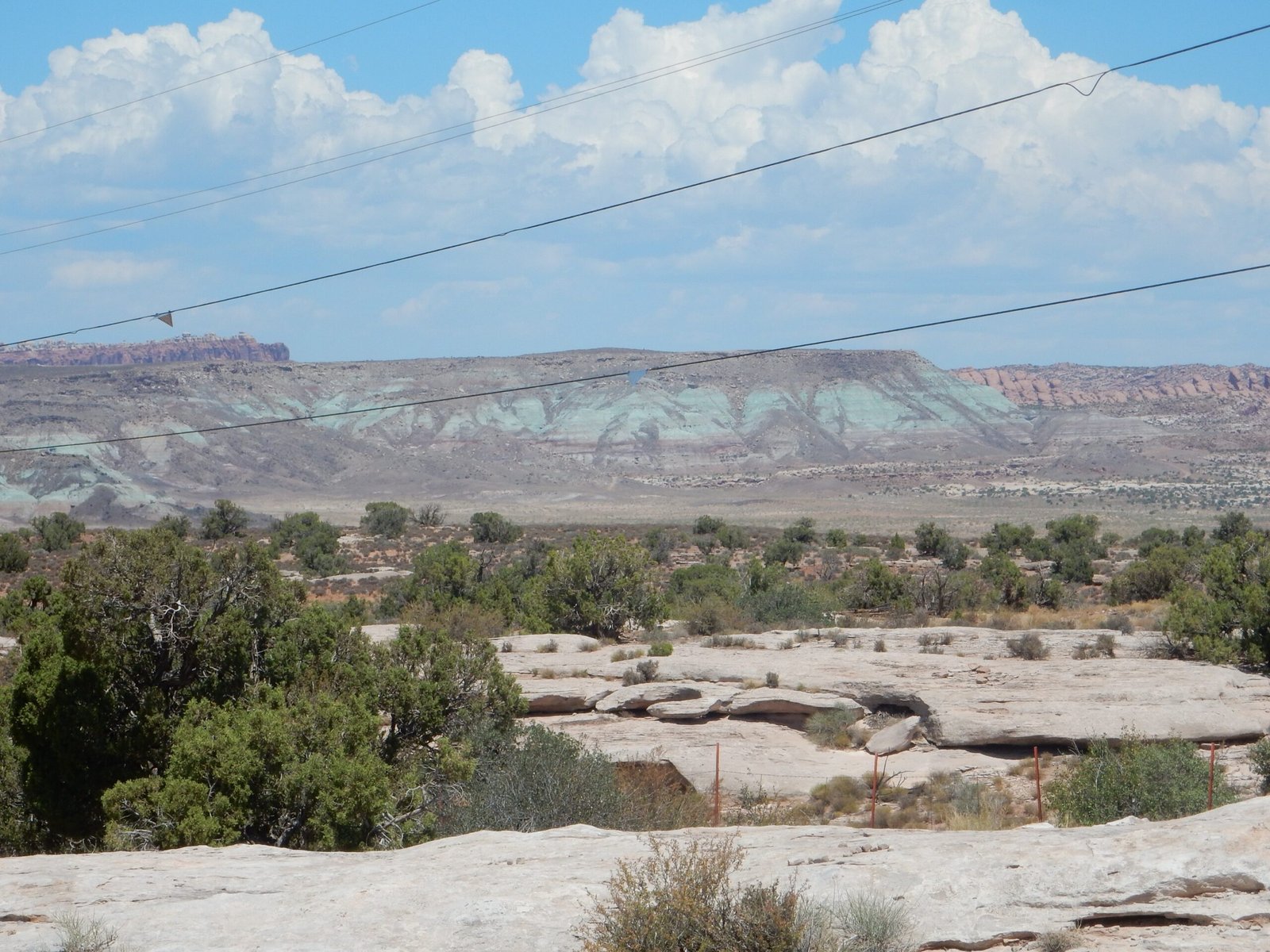
While the Grand Canyon itself lacks dinosaur fossils, other regions in North America are rich with such finds. Sites like the Morrison Formation in Colorado and the Hell Creek Formation in Montana have yielded a wealth of dinosaur fossils, providing crucial insights into the creatures that once roamed the continent. These fossil-rich sites offer valuable comparisons to the Grand Canyon, highlighting the importance of geological age in determining fossil presence. By studying these regions, scientists can piece together the broader picture of North America’s prehistoric past, even if the Grand Canyon remains a dinosaur-free zone.
The Impact of Climate and Environment
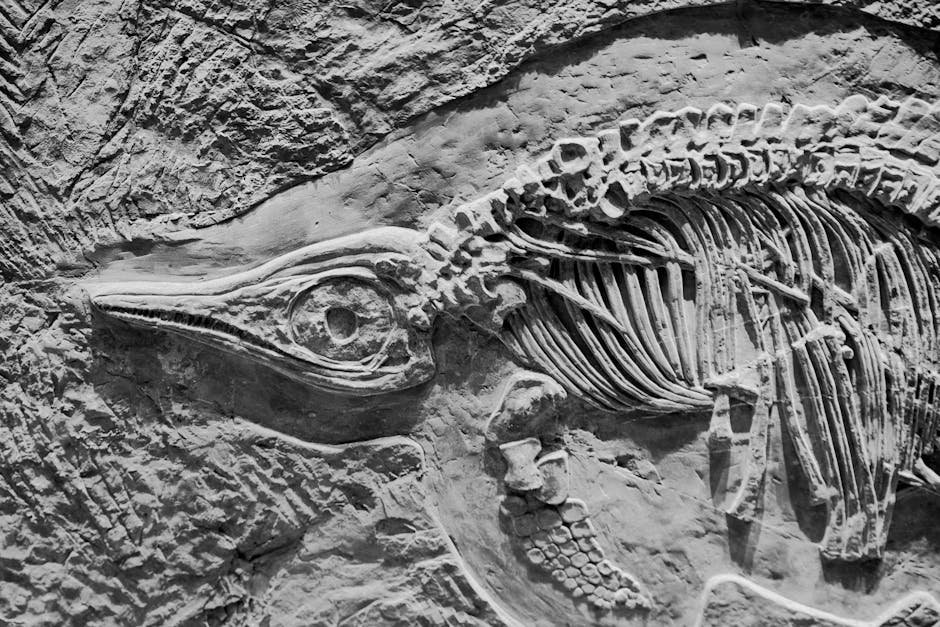
The climate and environment of a region play a significant role in its fossil record. During the time of the dinosaurs, North America experienced varying climates and ecosystems, from lush forests to arid deserts. These changing conditions influenced the distribution and preservation of fossils. In the Grand Canyon region, the climate during the formation of exposed rock layers was not conducive to preserving dinosaur remains. Instead, the conditions favored the preservation of marine life and early reptiles. Understanding these climatic influences helps scientists interpret the region’s geological history and its impact on the fossil record.
The Ongoing Search for Clues
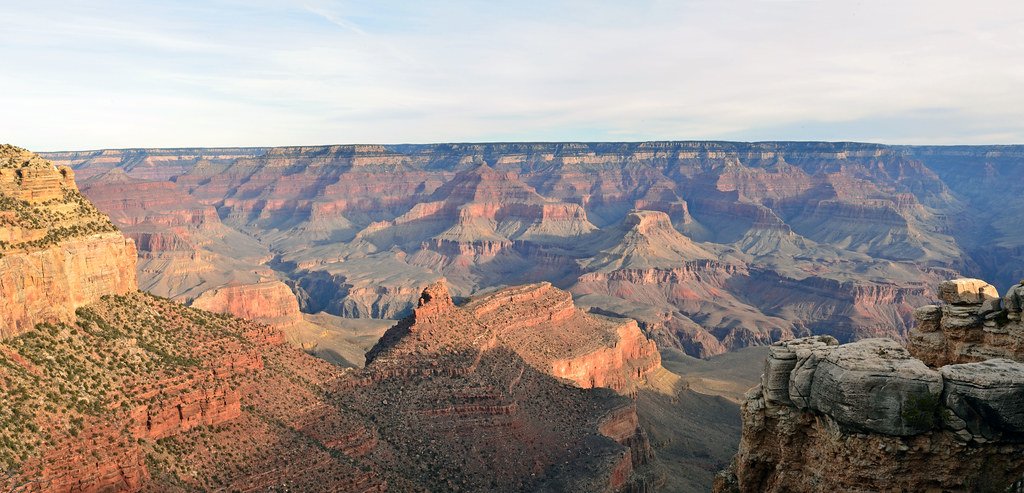
Despite the current lack of dinosaur fossils in the Grand Canyon, the search for clues continues. Scientists use advanced techniques, such as remote sensing and geological mapping, to explore the canyon’s hidden depths. These efforts aim to uncover new evidence that could shed light on the region’s prehistoric past. While the focus may not be on finding dinosaur fossils specifically, the search for other ancient life forms continues to yield exciting discoveries. Each new find adds to our understanding of the complex history of the Grand Canyon and its role in the broader story of Earth’s evolution.
Why the Grand Canyon Continues to Captivate
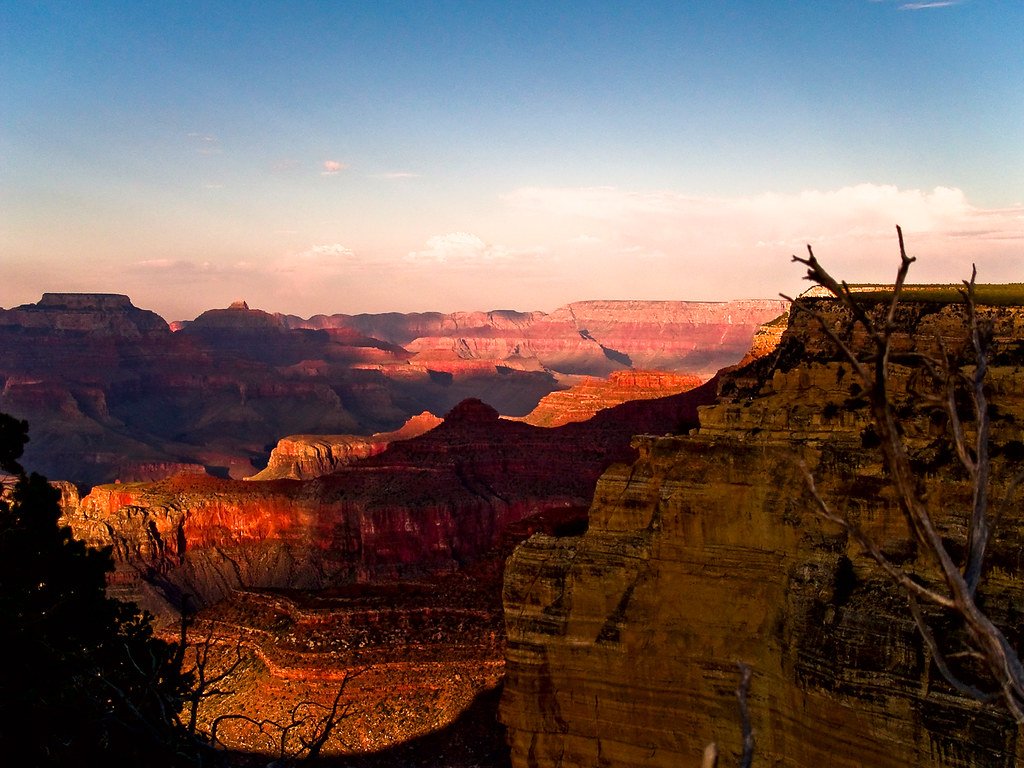
The Grand Canyon’s allure extends beyond its geological significance. It is a place of natural beauty and wonder, drawing millions of visitors each year. The canyon’s vastness and majesty inspire awe and curiosity, prompting questions about the ancient forces that shaped it. The absence of dinosaur fossils does not diminish its intrigue; rather, it adds another layer to its mystery. The canyon serves as a reminder of the Earth’s dynamic history and the ever-changing nature of its landscapes. Its timeless beauty captivates all who stand on its rim, inviting them to ponder the mysteries it holds.
Concluding Thoughts on the Grand Canyon’s Past

The question of whether dinosaurs roamed the Grand Canyon underscores the complexity of Earth’s history. While the canyon itself may not hold dinosaur fossils, it remains a vital piece of the puzzle in understanding our planet’s ancient past. The findings from nearby regions and the study of the canyon’s rock layers contribute to a deeper appreciation of the prehistoric world. As scientists continue to explore this natural wonder, they unravel the stories etched in its stones, offering insights into the forces that have shaped our world. The Grand Canyon stands as a testament to the enduring mystery and wonder of Earth’s geological heritage.



